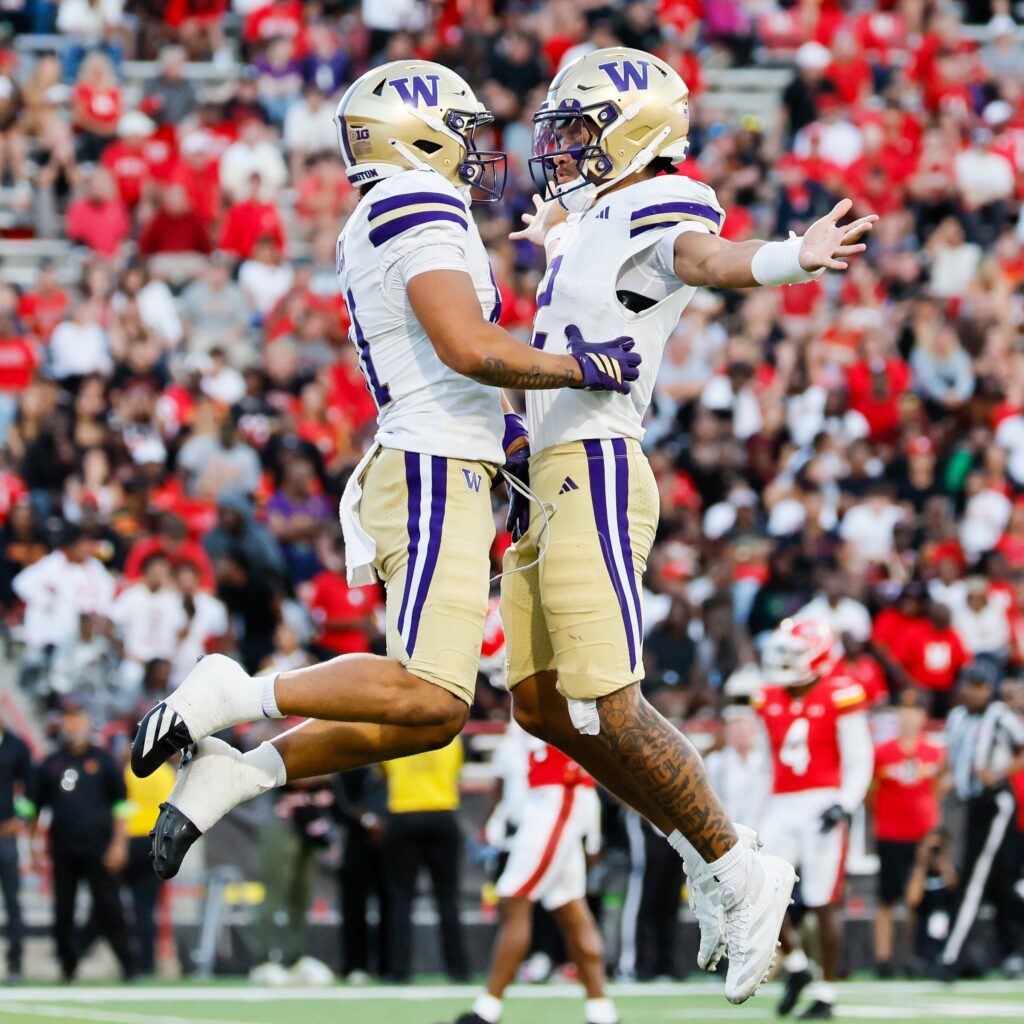
Introduction
The comparison between Washington and Maryland is significant, especially given their close geographical proximity and intertwined histories. As neighbors sharing the nation’s capital, they exhibit stark differences in culture, economy, and tourism attractions. Understanding these features can provide insights into the identity and appeal of both areas.
Cultural Distinctions
Washington, D.C., is a hub of political activity, with a rich tapestry of cultural experiences stemming from its status as the nation’s capital. Home to iconic landmarks such as the White House and the Smithsonian Museums, the city’s cultural diversity is reflective of its role in global diplomacy and governance.
Maryland, on the other hand, boasts a unique blend of history and natural beauty. The state is known for its diverse landscapes, from the shores of the Chesapeake Bay to the Appalachian mountains. It also hosts centuries-old historical sites, such as the battlefields of Antietam and the historic town of Annapolis.
Economic Factors
In terms of economy, Washington, D.C. is primarily driven by the federal government. The city’s robust job market is largely composed of government positions, lobbyists, and non-profit organizations. The economic growth rate has consistently outpaced many regions in the country, attracting a diverse workforce.
Conversely, Maryland has a more varied economic base. While the state benefits from the proximity to D.C., it also has a strong presence in biotechnology, cybersecurity, and aerospace sectors, bolstered by the presence of government contractors and research institutions like Johns Hopkins University.
Tourism Highlights
Tourism is a key component of both Washington D.C. and Maryland’s economies. Washington attracts millions of visitors annually with its monumental sites and cultural institutions, making it one of the top tourist destinations in the U.S.
Maryland offers its own unique attractions, such as the picturesque beaches of Ocean City, the historic streets of Frederick, and the outdoor activities at state parks. The state’s seafood cuisine, particularly blue crabs, is a significant draw for food enthusiasts.
Conclusion
The contrast between Washington, D.C. and Maryland highlights the unique contributions each area makes to the region. While Washington thrives as a political and cultural center, Maryland showcases its rich history and natural beauty. Moving forward, both areas are expected to continue their growth, attracting residents and tourists alike, fostering a community that blends history, governance, and cultural richness.



